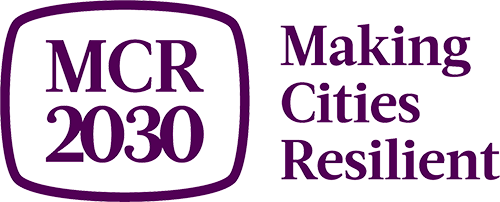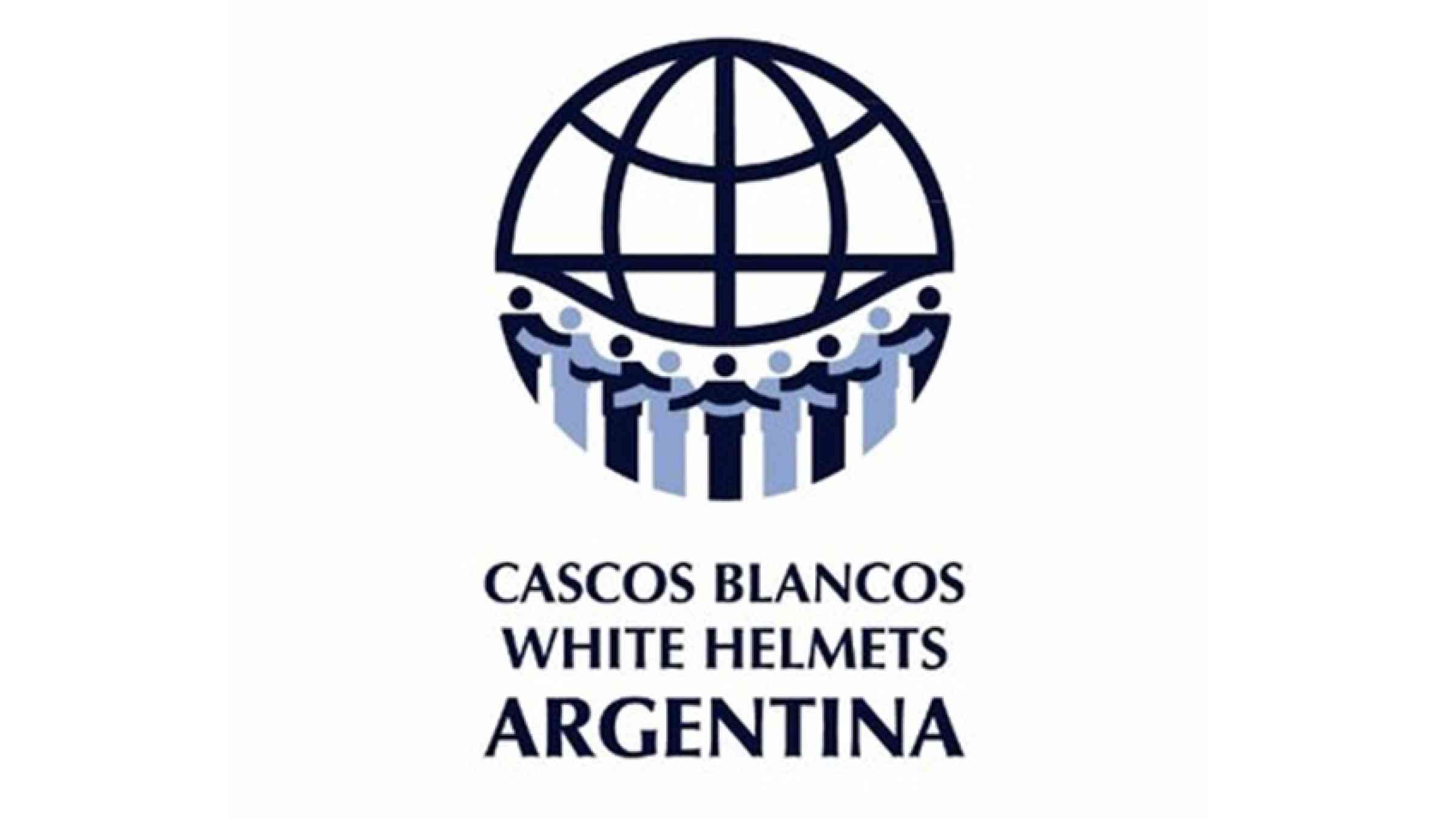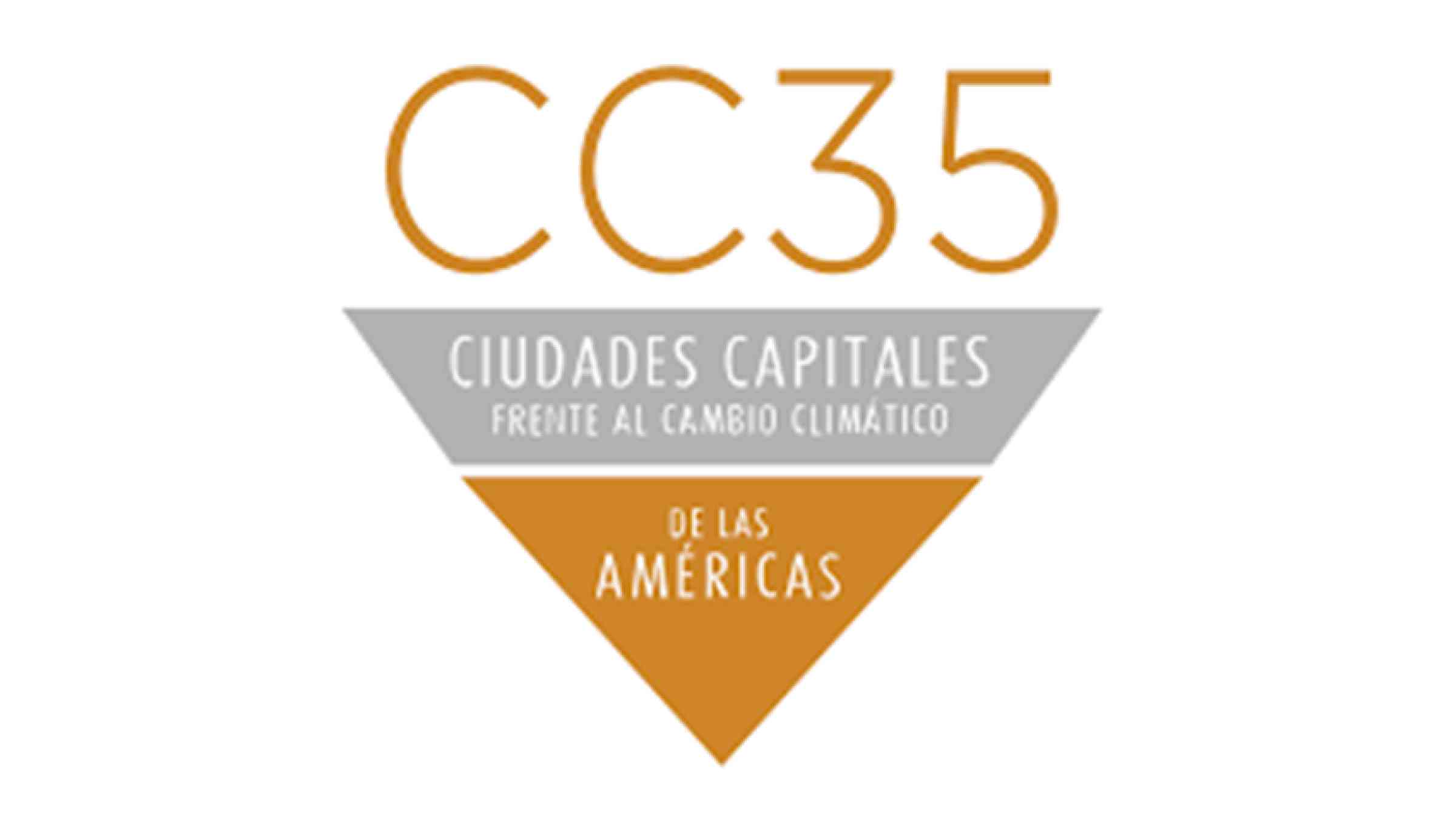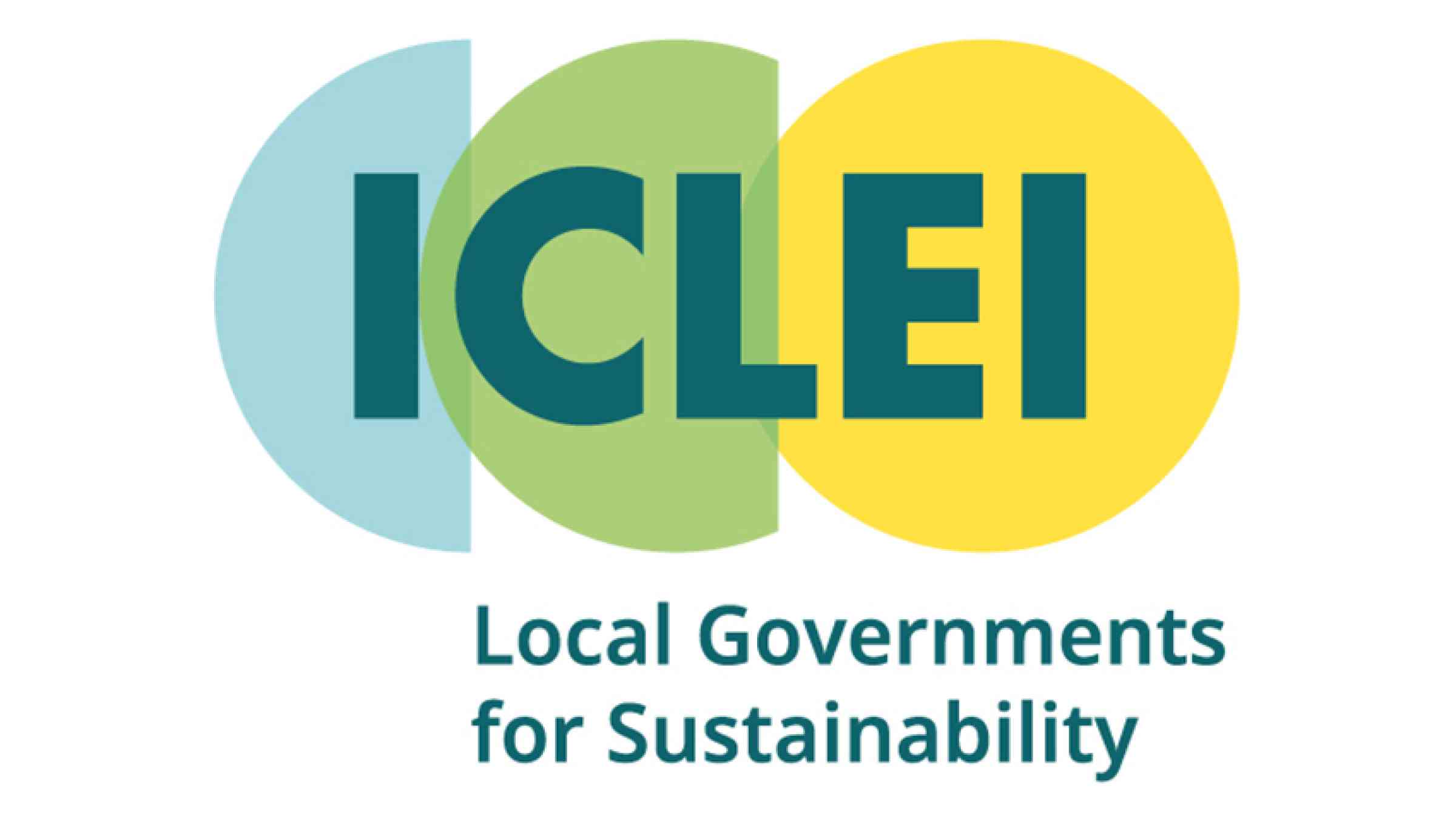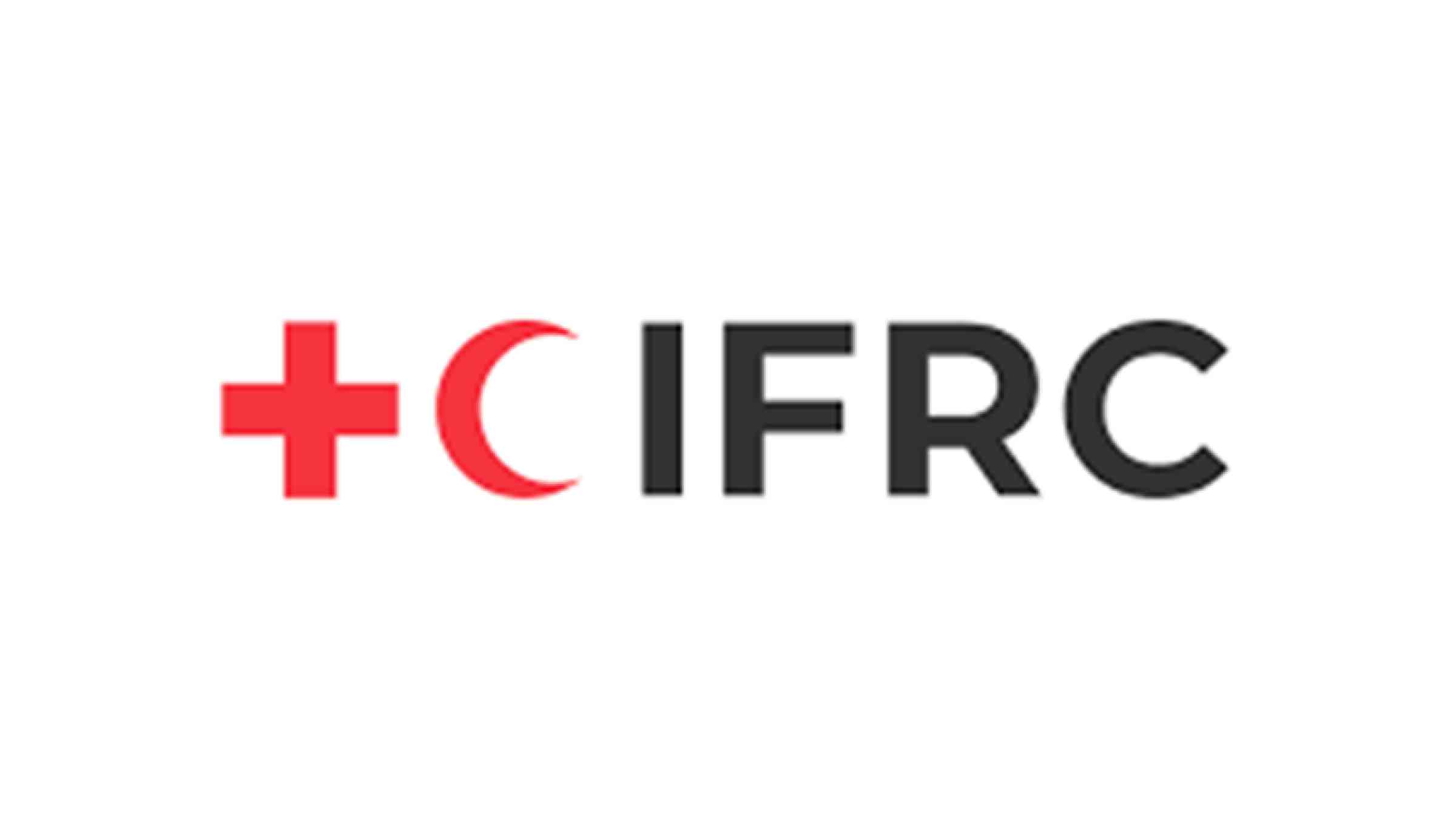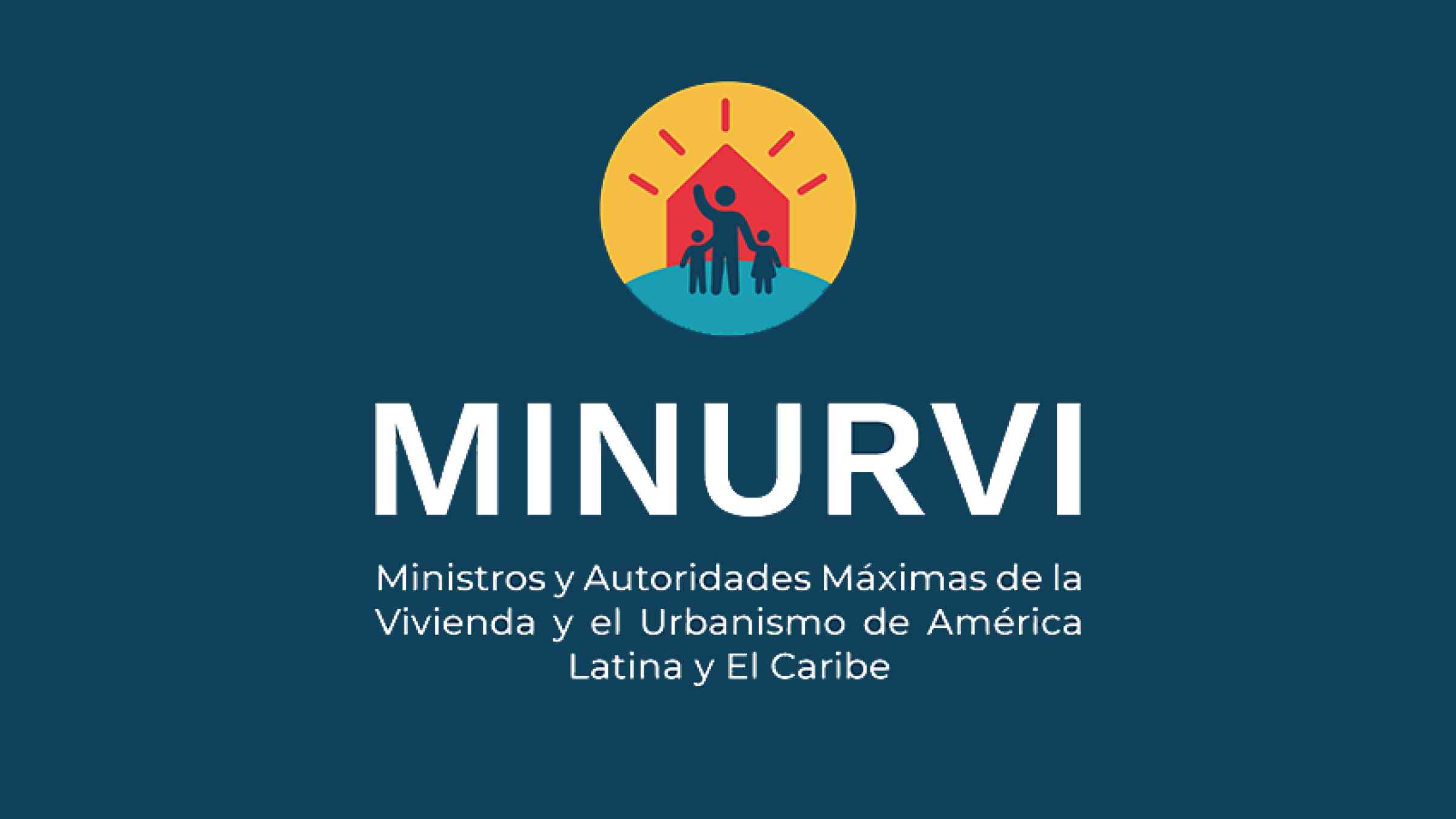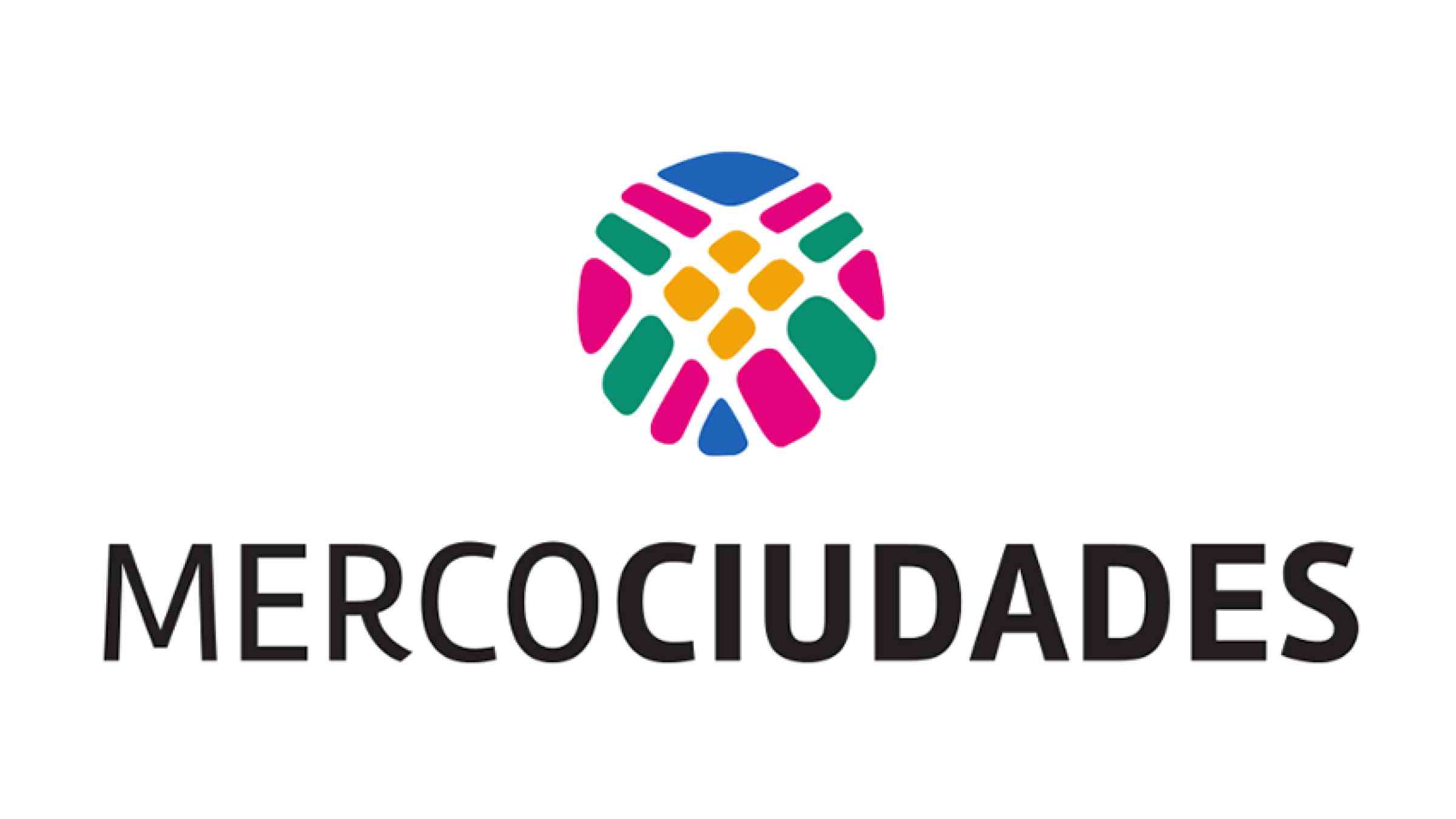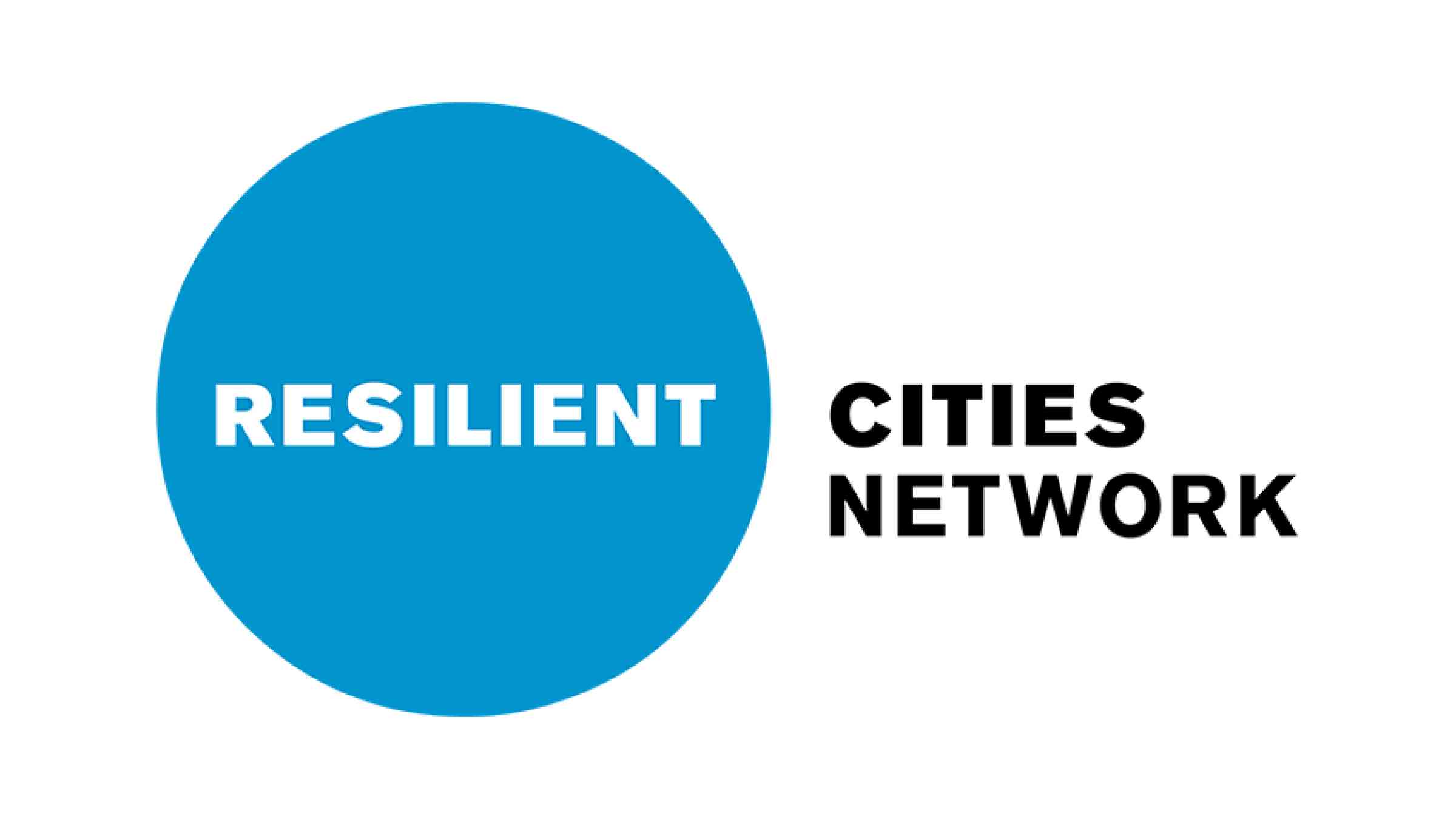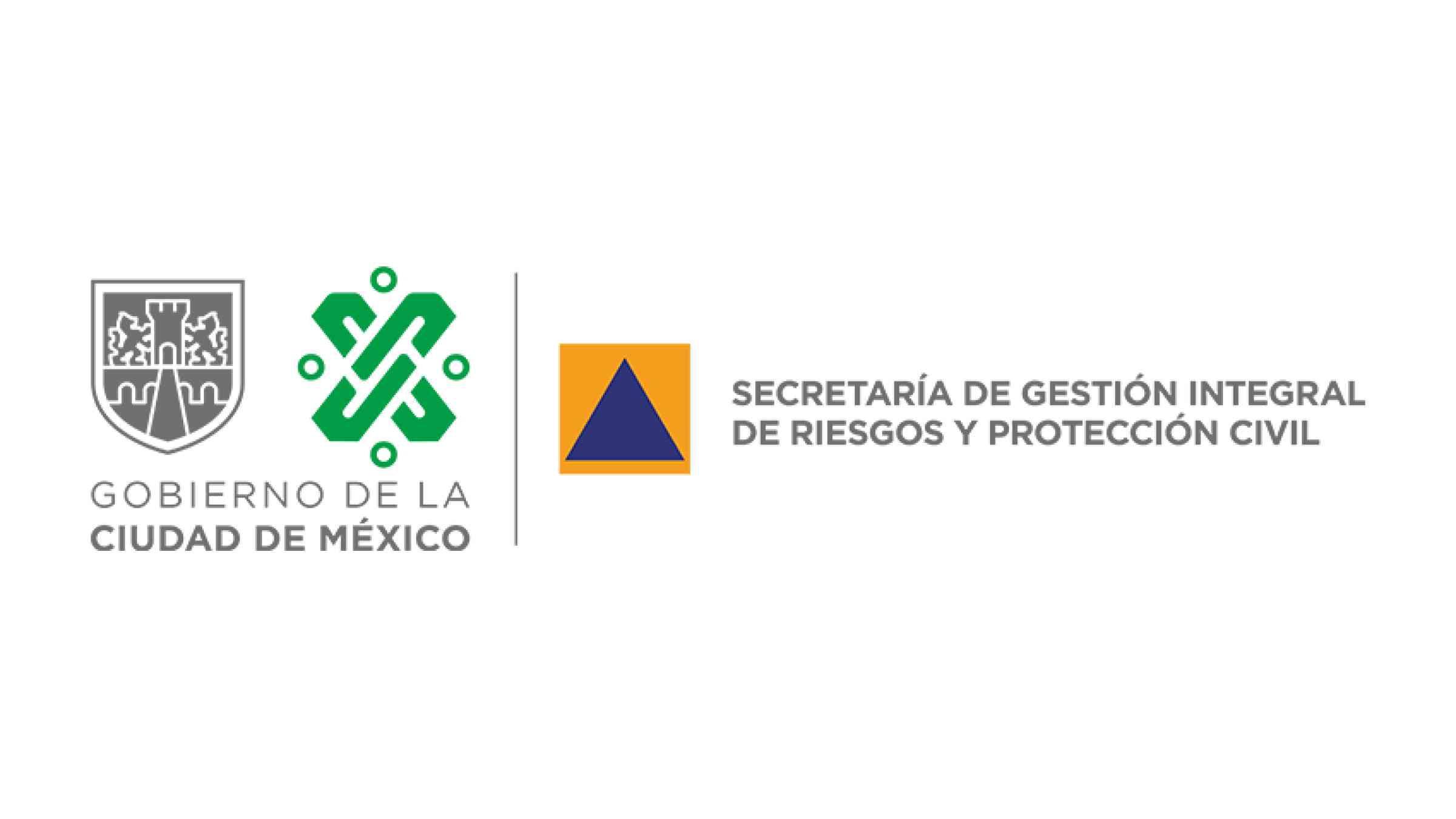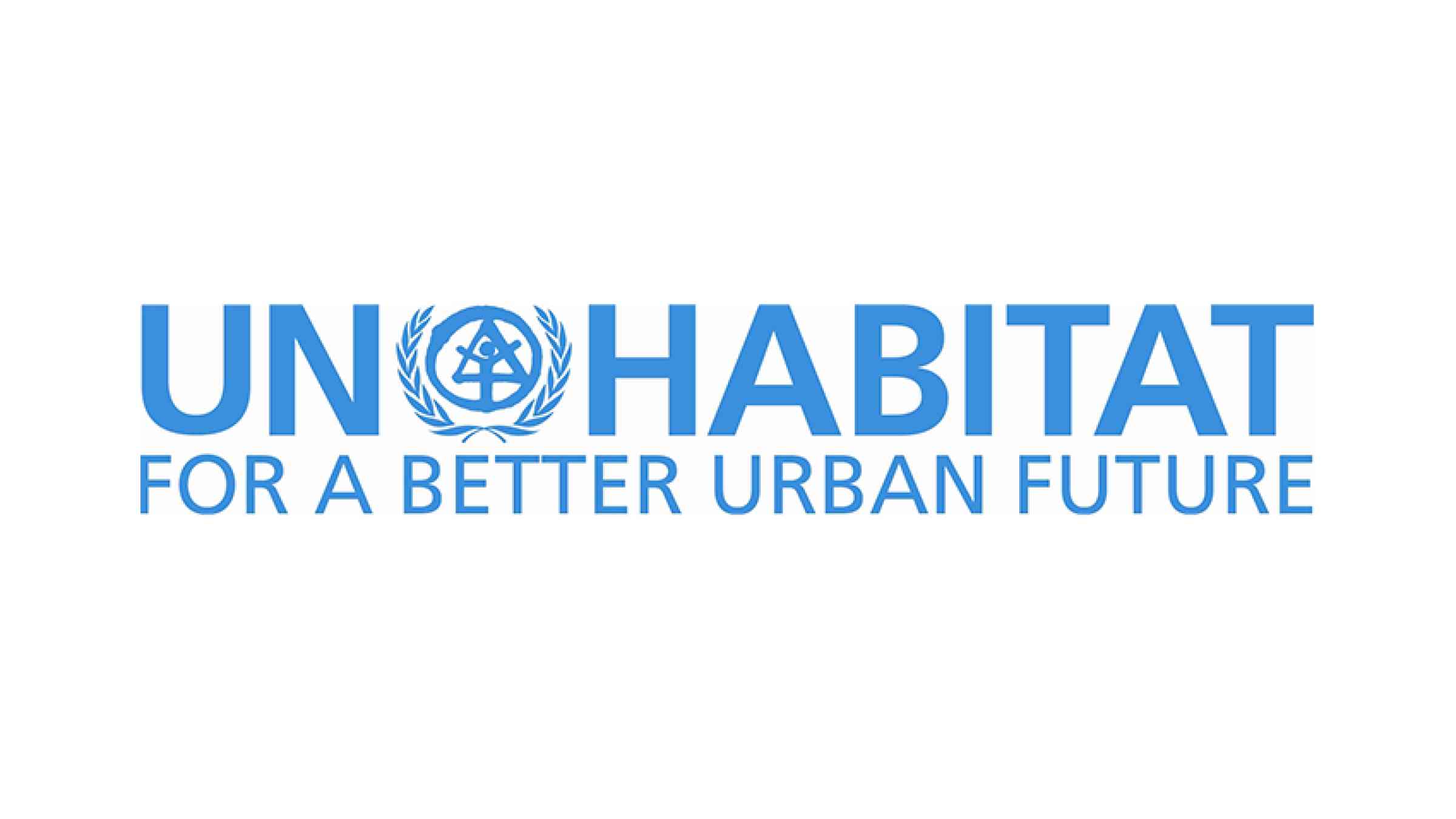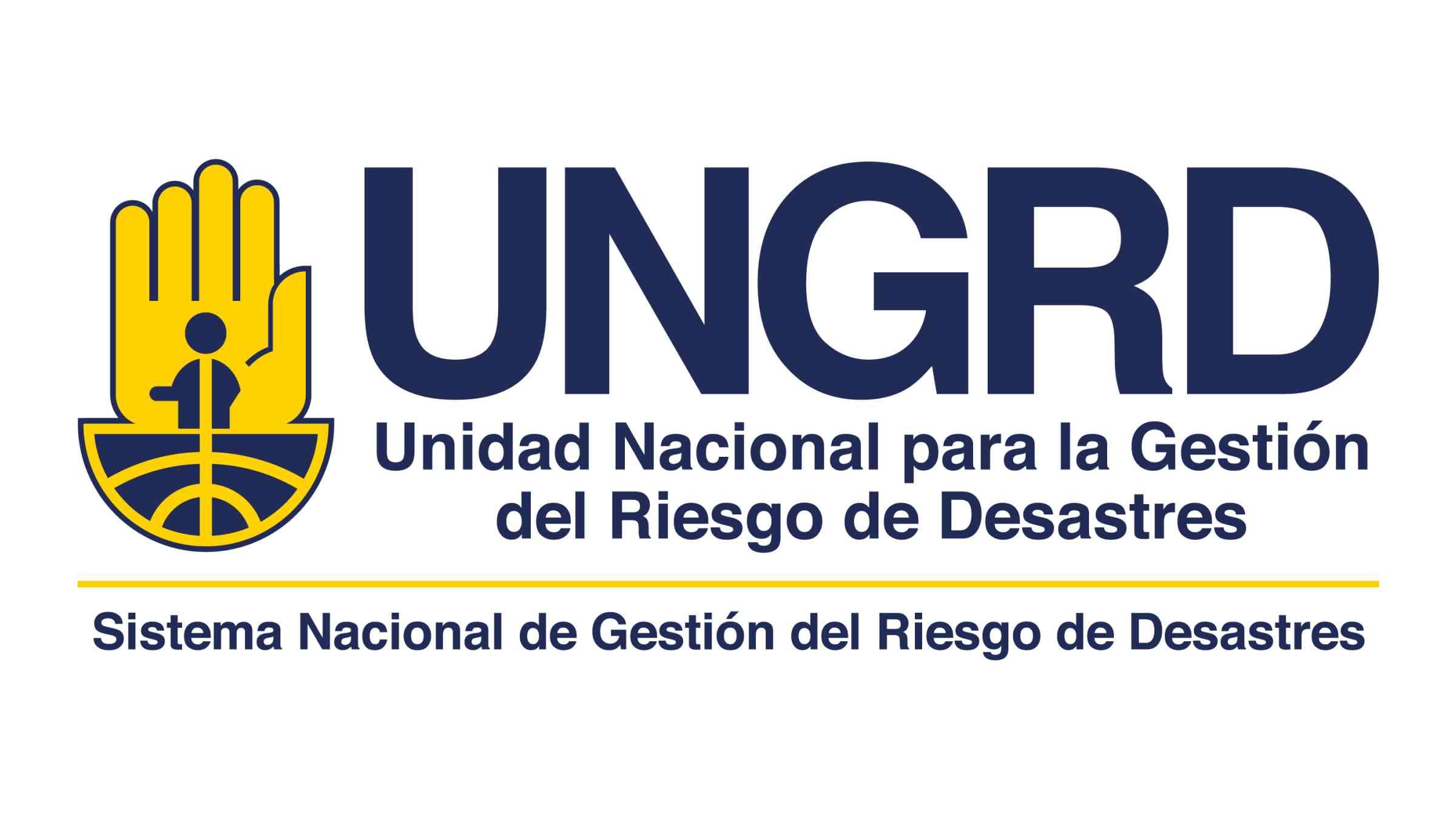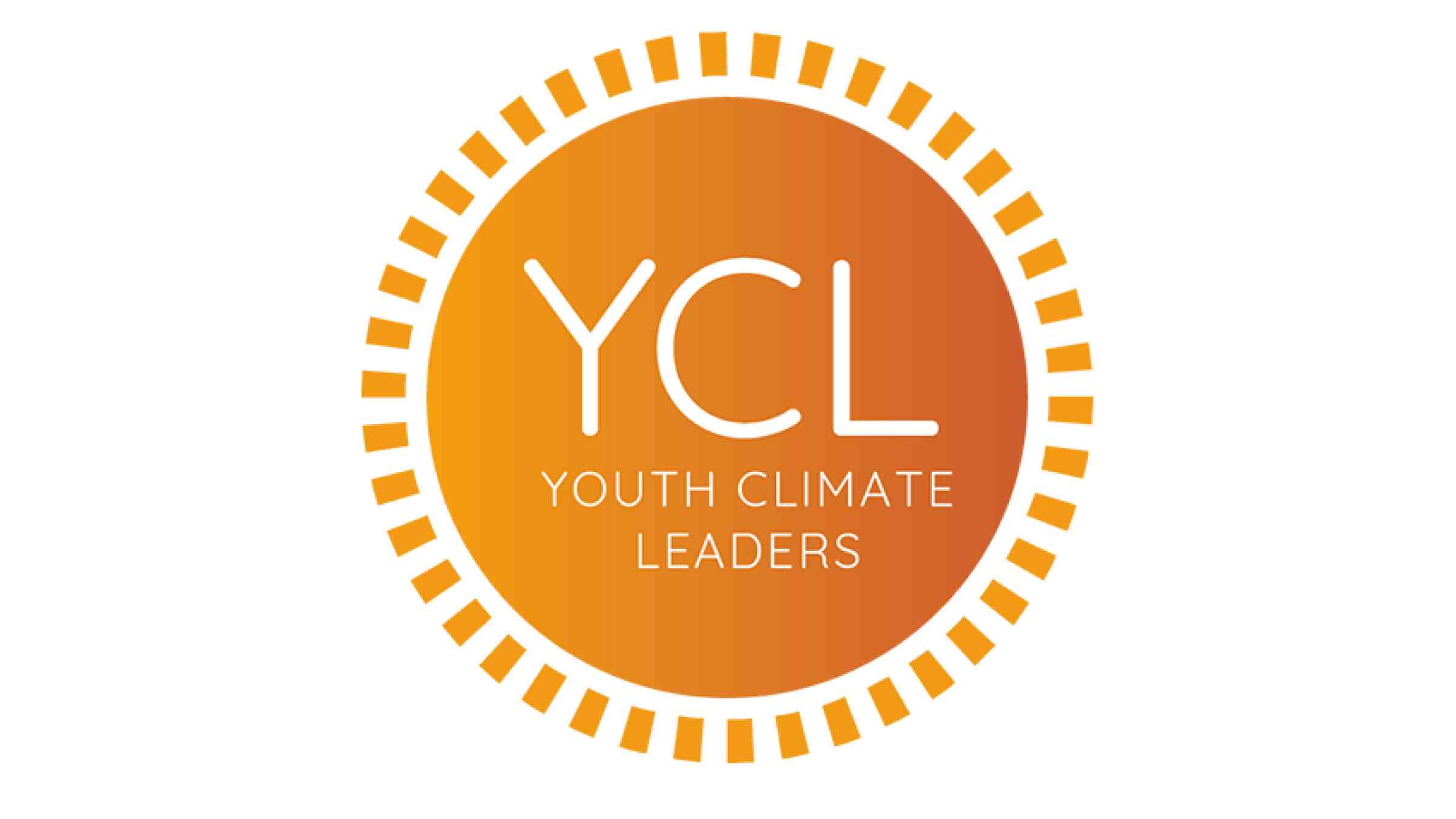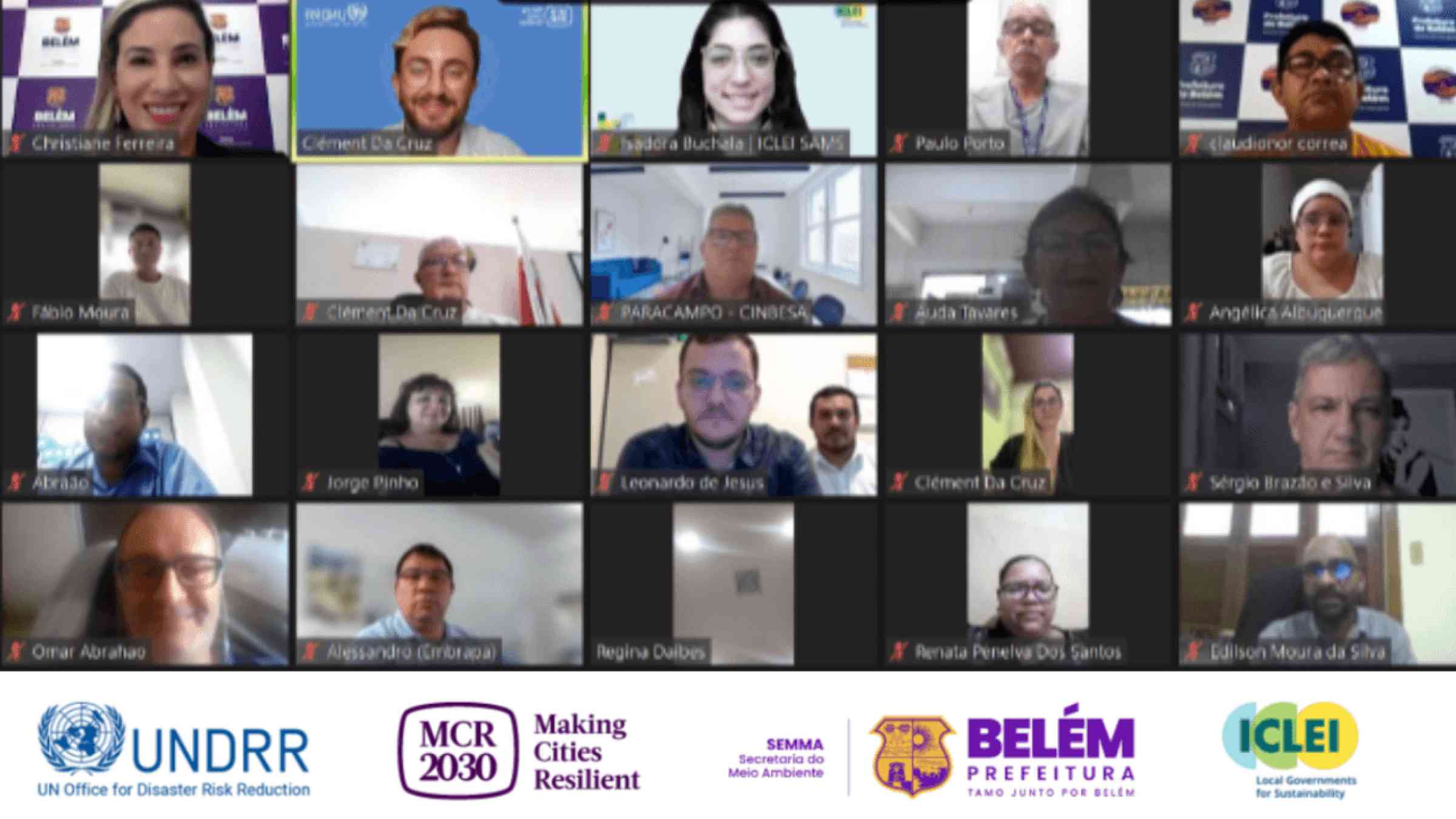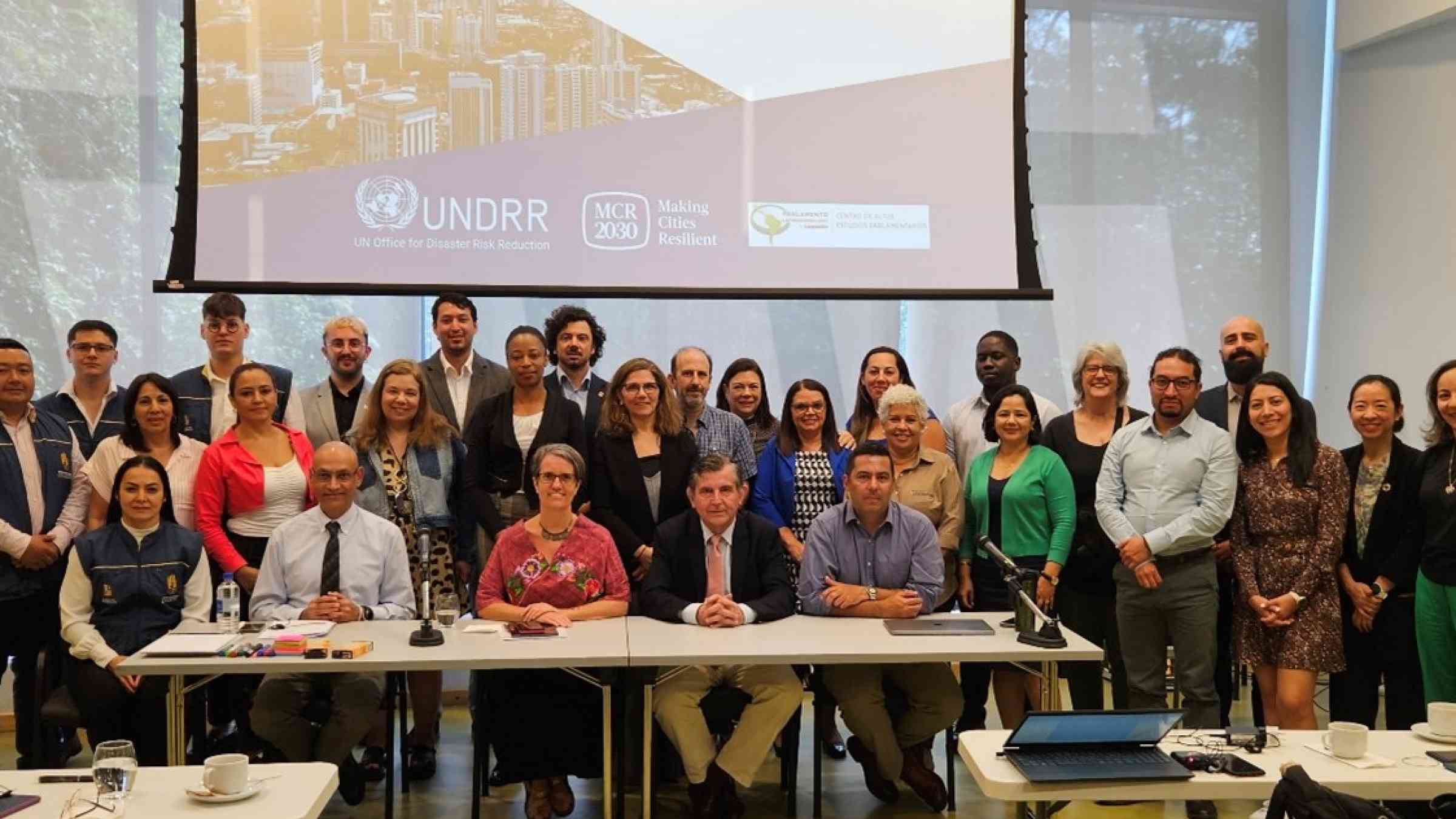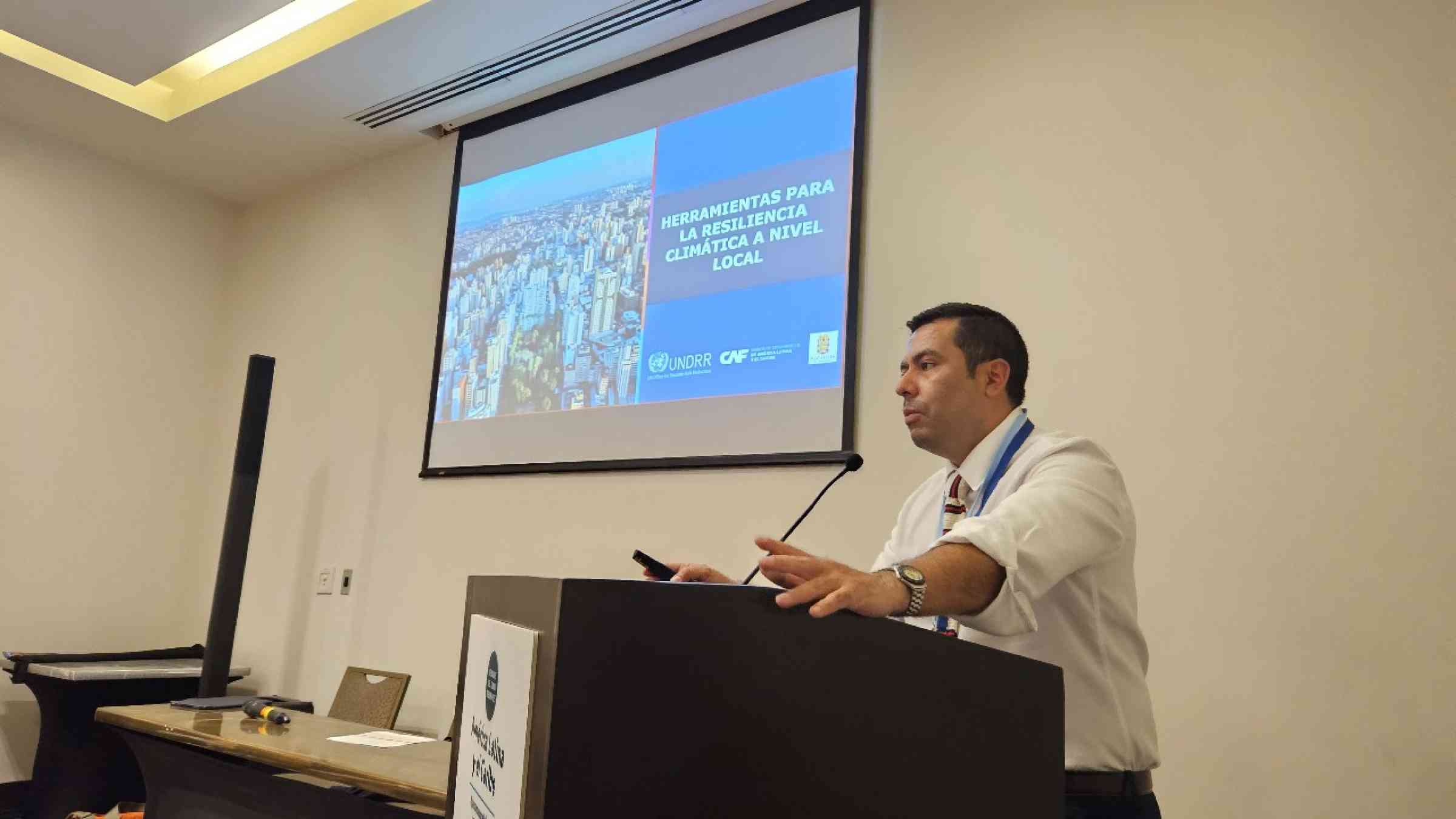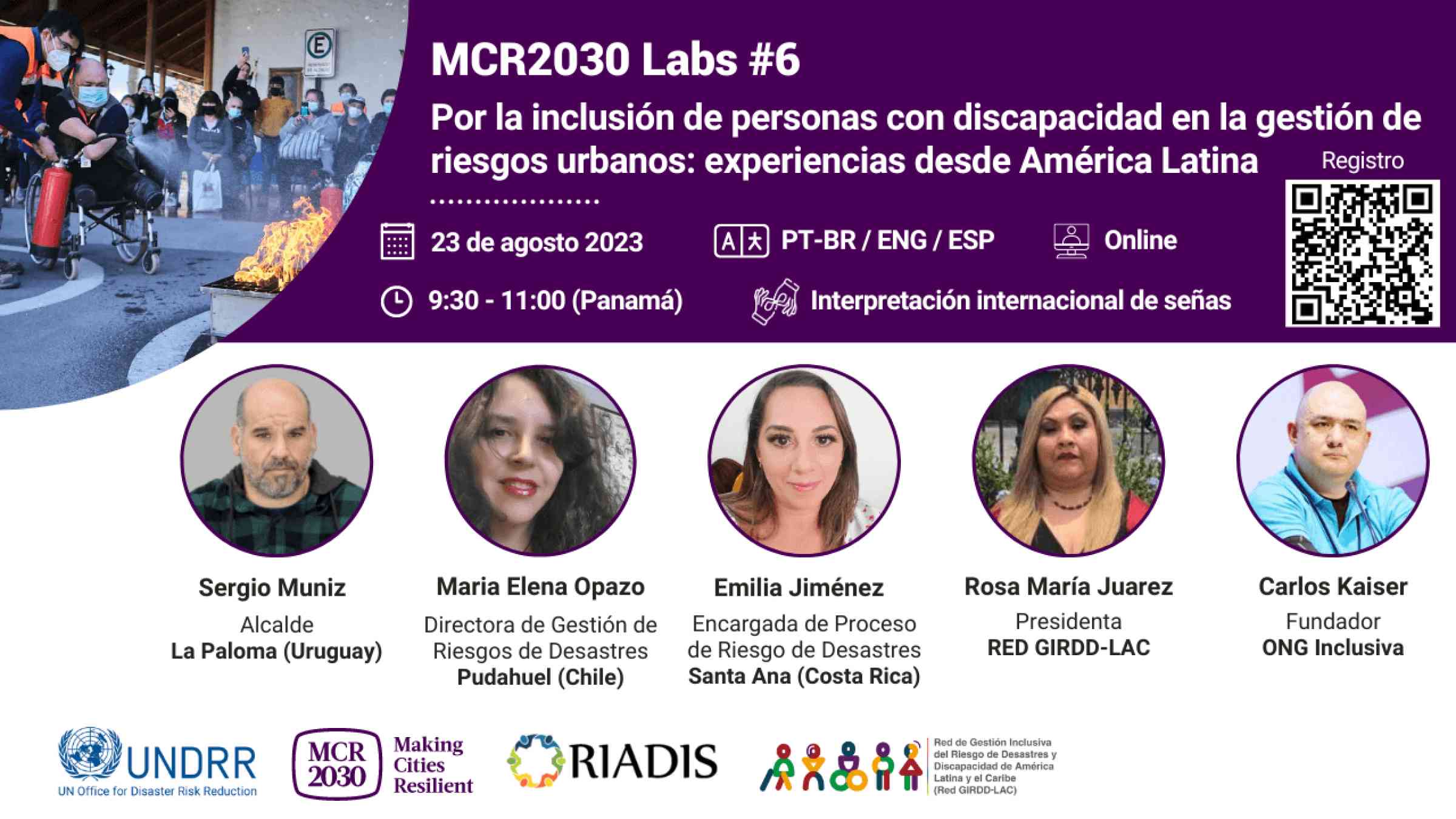Americas and the Caribbean
The Americas and the Caribbean region is mainly urban. It is estimated that 81% of the population lives in cities, and in 2018, about 15% of the total population was concentrated in six cities with more than ten million inhabitants each. By 2050 it is expected that more than 90% of the population of the region will be urban.
Urban centers also play an important role in the region’s economic development, with ten of its largest cities accounting for one third of total gross domestic product. However, it is small and medium-sized cities that are growing rapidly. This translates into disorganized urban sprawl, with inadequate planning processes that further stretch spatial and socio-economic exclusion, and inequities.
The region’s vulnerabilities are rooted in social, political, environmental, and economic factors that manifest at the local level: Social inequity end economic exclusion, growing informal settlements, urban poverty, and unplanned growth reveal inefficient urban planning processes. Moreover, and despite the relatively low greenhouse gas emissions, the region is being affected by climate change impacts as fires, heat waves, droughts, water stress and recurrent floods show.
The commitment of cities in the region to strengthen their resilience and pursue risk-informed sustainable development became evident with the Global Campaign Making Cities Resilient: My City is getting ready!. Cities in the region accounted for about 50% of the world’s registered cities and the eleven Model Cities made significant progress in the Ten Essential Aspects of Developing Resilient Cities.
This new initiative builds on the achievements already made by cities in our region and will drive the resilience building efforts in an increasingly urban envorinment.
- 81% of the region’s population lives in cities
- 53% of workers work informally
- 31% of the population in the region below the poverty line,
- 11.5% live in extreme poverty. 2
- One out of four urban dwellers lives in informal settlements and, 3
- 17% of the urban population do not have access to drinking water.4
1 OIT, 2018
2 ECLAC, 2019
3 BID, 2014
4 WHO/UNICEF JMP, 2017
MCR2030 Regional Core Partners (Americas and the Caribbean)

The construction of Quito, as a modern and safe District requires the convergence between the technical-scientific work, the political-administrative will and the acceptance of the city.

The resilient city resists, absorbs, and recovers from disasters, with prevention, investment, planning and linking the three spheres of government (Federal, State and municipal), universities, research institutes, and civil society.

Prevention is not only our strength but our best strength

To learn to live with the rivers is the way, they are part of our environment; and [we should] be prepared for difficult situations to achieve a rapid recovery in case of crisis. A planned urban growth, respectful of its environment is fundamental to project a sustainable city.
Connect with the Americas and the Caribbean
MCR2030 Americas and the Caribbean Regional Secretariat
